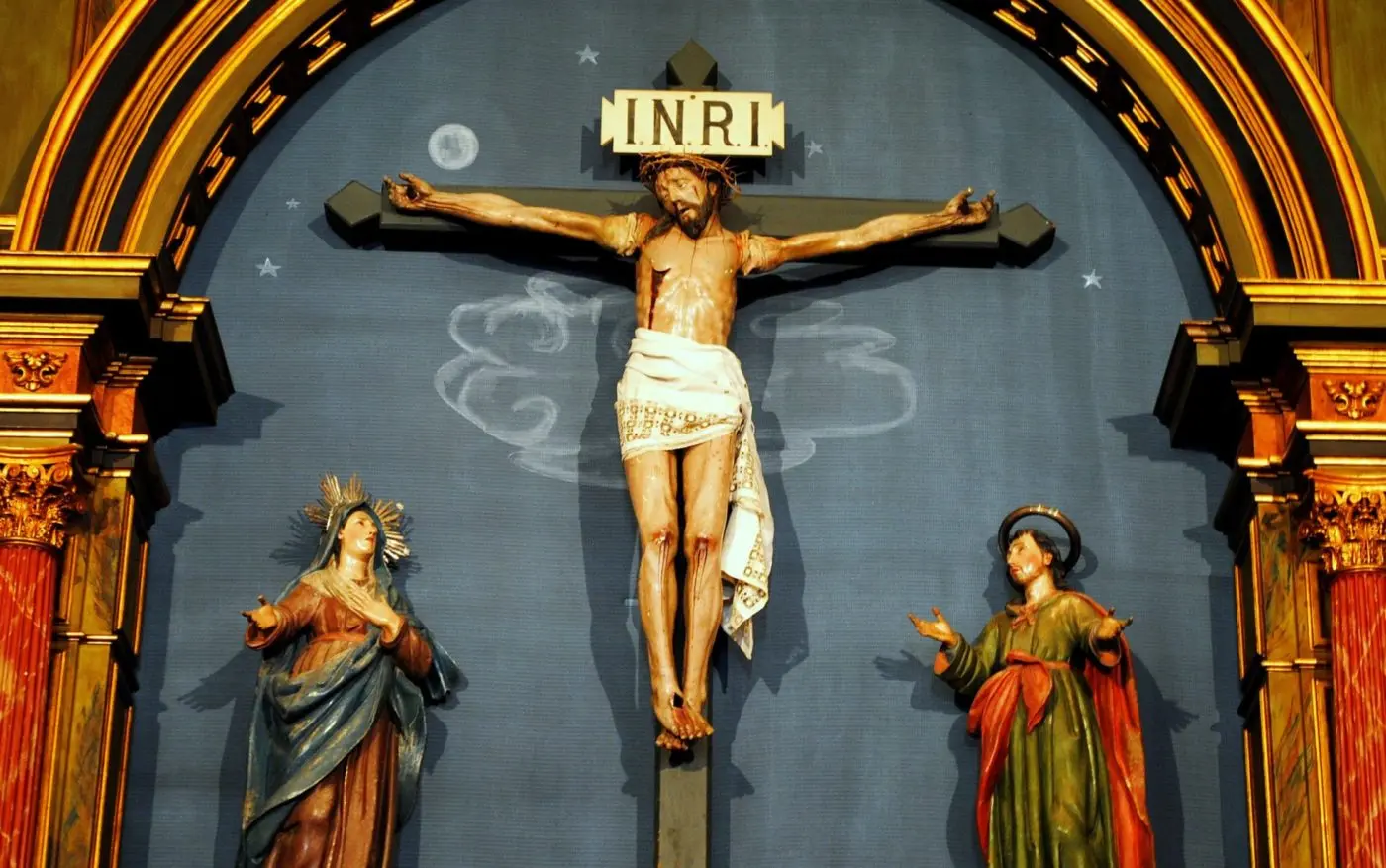Most of us know about It’s a Wonderful Life because of a clerical error. Not only did the film tank at the box office. Its 28-year copyright protection was not renewed, making it part of the public domain. As a result, television stations began to air the movie for free on a routine basis. Thus It’s a Wonderful Life was resurrected for new generations of viewers who cherished the film as the great achievement it is. In a striking instance of life imitating art, a film now widely regarded as a classic was rescued from oblivion by its friends—a turn of events that parallels the life of its hero, George Bailey.
Frank Capra, the film’s director, was himself a household name at the time, having made such popular titles as It Happened One Night and Mr. Deeds Goes to Town. Some of Capra’s critics christened these feel-good tales “Capracorns.” Unsurprisingly, It’s a Wonderful Life met with a similar fate, with many critics lambasting its sentimentality. James Agee, arguably one of cinema’s finest critics, openly despised the film.
For all its warmth and sentimentality, It’s a Wonderful Life is also a tough film. From the start, George Bailey is a flawed man. While it’s true that he leads a life of self-sacrifice, he’s also bitter about being robbed of the ability to travel and see the world. In the film’s moment of crisis, we see that he resents the home and family that have kept him tied to Bedford Falls. Like so many of us, he doesn’t recognize the riches of the relationships with which he has been blessed. It’s also worth pointing out that this is a film with a suicide attempt at its center, hardly a feature of a typical Hallmark movie.
In my book Rewriting Your Broken Story, I argue that the only way to fix a broken story is to rewrite it. And the only way to successfully rewrite a broken story is to embed it in the story of the life, death, and resurrection of Jesus Christ—the greatest story ever told. It’s a Wonderful Life is not an expressly Christian film, but it does relay some of the eternal verities of Christianity. Specifically, the film makes clear that relationships are the currency of heaven and that selflessness is at the heart of the good life. George Bailey comes to recognize his own wealth in these terms by the film’s end.
Paul writes in II Thessalonians 2:19-20: “For what is our hope or joy or crown of boasting before our Lord Jesus at His coming? Is it not you? For you are our glory and joy.” The apostle is telling us that the people he has been privileged to serve and pour into are his reward. In the film’s final scene, George huddles in his living room with his family while all the people he’s poured into over the years file into his living room, cheerfully giving to him in his time of need. Yes, this is just a movie, but in a scene like this we also catch a heavenly glimpse, for heaven is the stuff of other-centered people who are redeemed. This Advent season, may we know the joy of pouring into others and recognize those shimmers of heaven in our midst.
For further reading we recommend Rewrite Your Broken Story by Dr. Ken Boa



